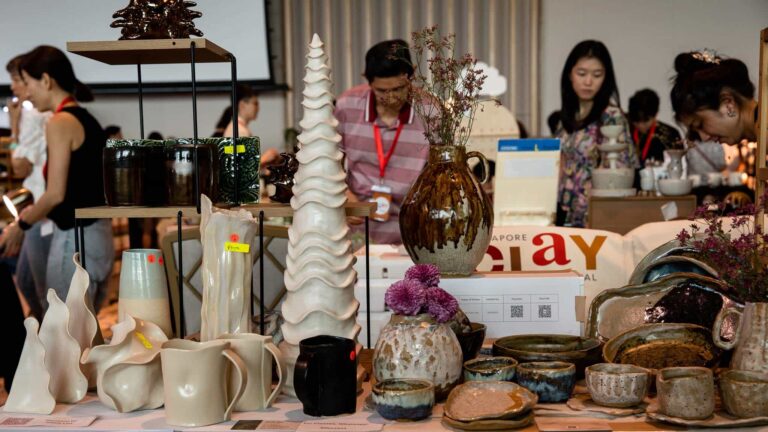High fashion and art seem to be having a moment in Singapore.
Hot on the heels of the replica show of the Chanel Cruise collection at Raffles Hotel earlier in November, the first such event here since 2013, comes news that the 2026 Loewe Foundation Craft Prize will be held in Singapore for the first time.
Joining this heady mix later this November is the UBS House of Craft x Dior exhibition, jointly curated by legendary Vogue Paris (now Vogue France) editor Carine Roitfeld and artist and photographer Brigitte Niedermair.
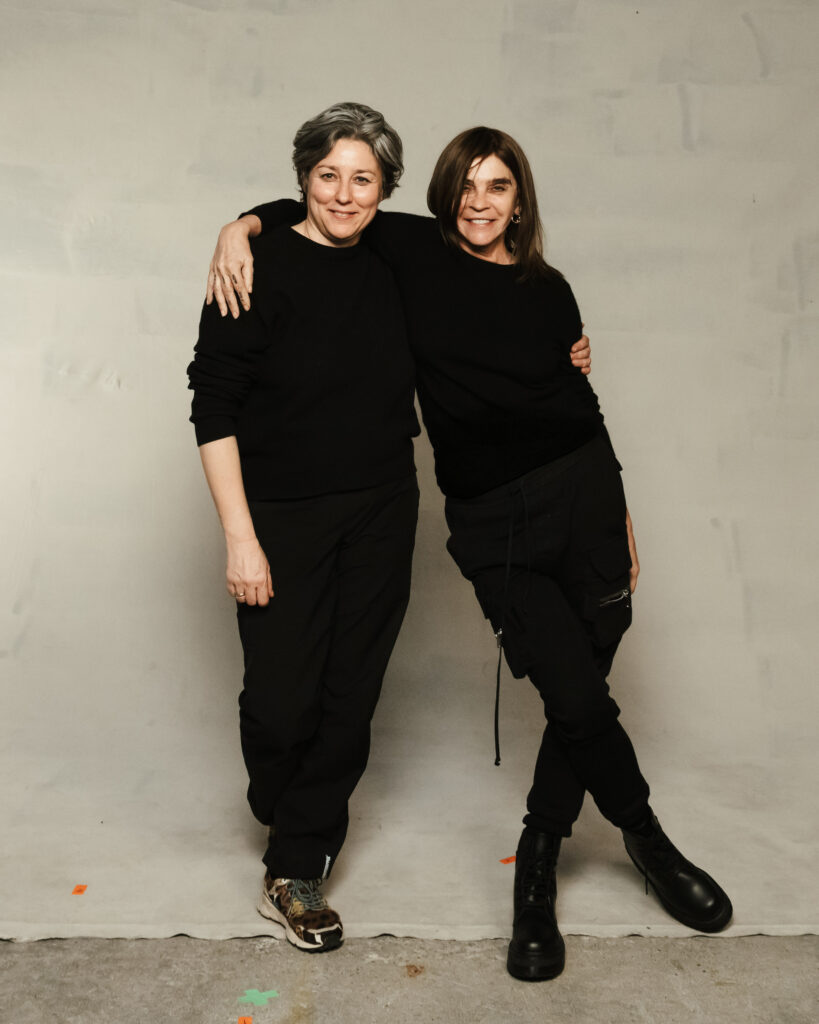
The exhibition premiered in New York in June this year and has travelled to Singapore for its Asian debut on November 21–23 at Whitestone Gallery’s New Art Museum Singapore.
Colour, craft, and bold energy
The exhibition itself is all bright blocks of colour and dramatic silhouettes. Some of the walls that frame the exhibition are mirrored, allowing visitors to admire their own reflections and feel doubly immersed in the show. And the location of the exhibition in the New Art Museum is a considered choice.
Affiliated with Whitestone Gallery (home of the recently-ended and critically-acclaimed exhibition Sama-Sama, curated by Wang Ruobing), the venue is fast becoming known not only for its huge physical space, but also its attempts to forge genuinely connected roots in the local and regional art communities. Surrounded by many local galleries, warehousing facilities, and the Singapore Art Museum, it’s situated in Tanjong Pagar Distripark, where the industrial vibes might, at first glance, present an unexpected contrast to the haute couture and expensive fashion featured in the Dior show.
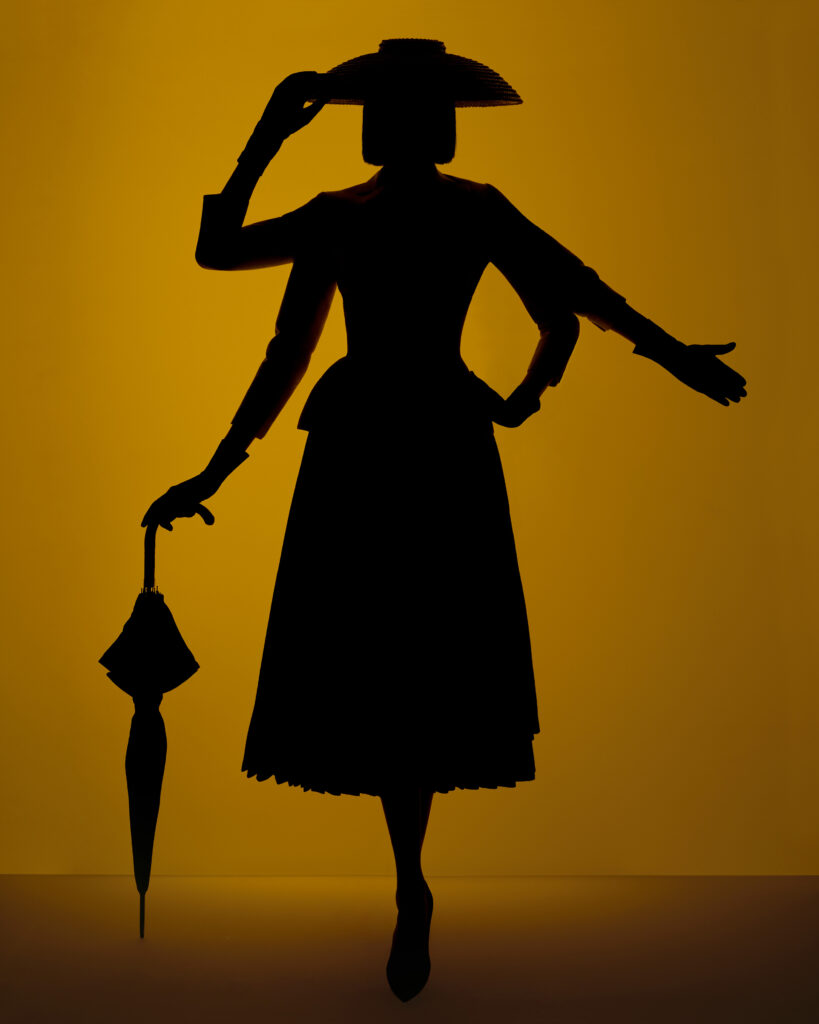
But Niedermair’s bold photographs, with their bright and contrasting colour choices, offer a strong counterpoint to the rough-and-tumble urban machinery outside. On the walls, colour swatches and inspiration shots are tacked up somewhat crudely, mimicking the design studio of a craftsman at work. Inside the exhibition, one will also find a working studio table where visitors can watch Dior craftsmen in action:
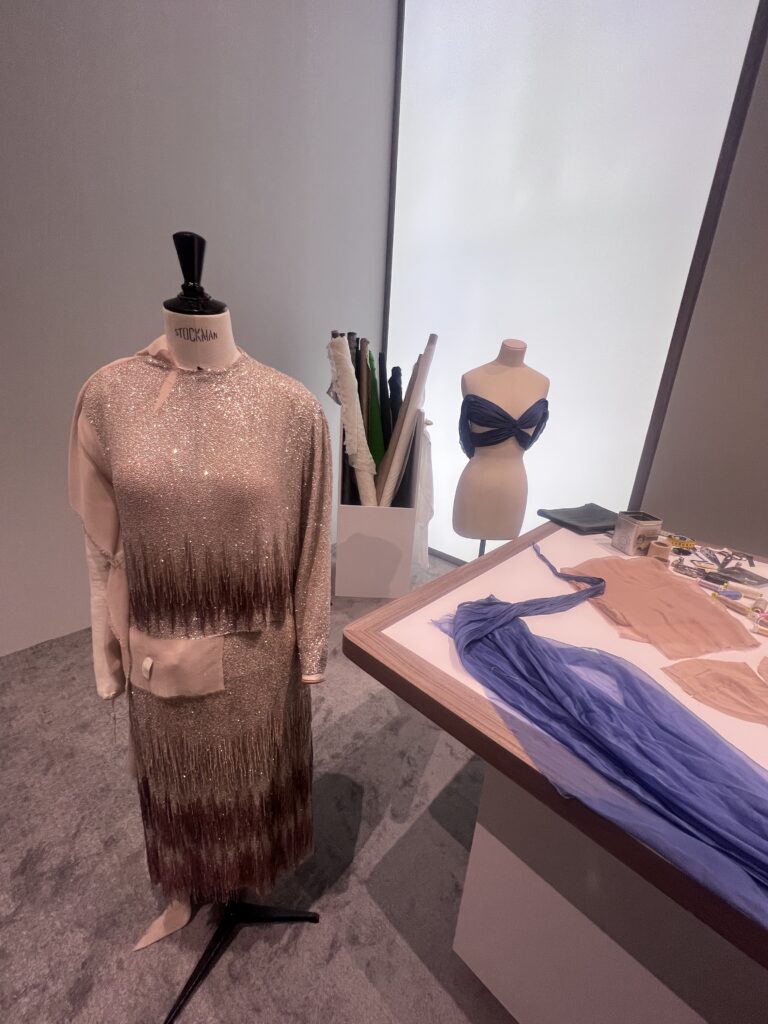
Add in Roitfeld’s intriguing styling, and the exhibition manages to successfully feed off the raw industrial-chic energy of its surrounds, while staying true to the feminine aesthetics that the House of Dior is known for.
The exhibition features the defining eras of the House of Dior, from the visionary Christian Dior to the six artistic directors — Yves Saint Laurent, Marc Bohan, Gianfranco Ferré, John Galliano, Raf Simons, and Maria Grazia Chiuri (collectively known, as press materials tell us, as the “Magnificent Seven”) — who have since shaped its legacy. There’s also a special tribute to Kim Jones, the former artistic director of menswear. Throughout the exhibition, archival garments from Dior are displayed next to photographs of them as styled and conceptualised by Roitfeld and Niedermair.
It’s endearing to see how familiar the curators are with each artistic director presented. Roitfeld, for example, waxes lyrical about what a “kind person” Christian Dior was, based on all the testimonies that she’s heard from people who knew and worked with him.
“I never heard anyone say anything negative about Mr. Dior,” she observed.

The theme of kindness came up again when Roitfeld and Niedermair were asked if they had considered designer John Galliano’s complicated legacy. In 2011, Galliano was fired from Dior for making anti-semitic remarks in Paris. The willingness of Roitfeld and Niedermair to address such a thorny issue head-on was refreshing to see.
As someone often recognised as one of the house’s most critically-acclaimed artistic directors, Galliano’s work “made Dior turn into something dreamy,” Niedermair observed.
Perhaps harking back to the kindness that Mr. Dior himself was so renowned for, Niedermair said, “I think we have to forgive people” — reminding us that the constant tension between artistic brilliance and human flaws continues to challenge the creative world. We saw a similar issue play out, for instance, with the 2023 Picasso exhibition at the Brooklyn Museum, and it’s a debate that doesn’t seem likely to disappear any time soon.
Should we cut perpetrators a break because of their artistic talent and contributions? Or should we hold them to even higher standards because of their public personas? Is cancel culture something that’s good or bad for society? (Encyclopaedia Britannica has in fact, devoted a whole page to this topic.)
What matters most, perhaps, is the willingness to engage and speak openly about problematic behaviour, and to recognise that there is value in approaching difficult histories with empathy and kindness, even if conclusions differ. Binary outcomes are rarely possible when human emotion, morality, art, and creativity are involved, and, whichever stance one takes, there is value in approaching these questions with thoughtfulness and humanity. It is a powerful reminder to us, standing here amidst Galliano’s work, and an unexpectedly reflective takeaway from a press preview organised by a bank and a fashion house.
Girl power, embodied
While fashion exhibitions are undoubtedly showcases of aesthetics and craftsmanship, the story of the House of Dior also tells a more nuanced tale of navigation around female emancipation and gender binaries. How many of us, for instance, know that when Yves Saint Laurent created the women’s tuxedo Le Smoking, it was still technically against the law for women in France to wear trousers, or that early adopters of the look were publicly heckled and criticised for it? (There is a great Harper’s Bazaar article here on the history of the garment, for those curious.)
Canadian diversity and inclusion expert Professor Shauna Cole also notes that “the design drew upon a history of lesbian cross-dressing for which Paris had been famous in the 1920s and 1930s.”
“As well as drawing upon lesbian culture,” she explains, “Saint Laurent also tapped into the increasingly popular trend towards androgynous dressing that was evident among young men and women throughout Europe, Britain, and America in the mid-1960s.”
In our time, Maria Grazia Chiuri’s garments which implored us to “all be feminists” were a more direct plea, but they ultimately underscored something the House of Dior has long championed: freedom, comfort, and confidence for the women it dresses. If you’re old enough, you might also remember how Chiuri’s spring 2018 show for Dior opened with a graphic T-shirt that read “WHY HAVE THERE BEEN NO GREAT WOMEN ARTISTS?” — a nod to the 1971 essay by American art historian Linda Nochlin. The original essay of the same title was reportedly printed in pamphlets for fashion show guests to take away with them, presumably to reflect upon or study! (Nochlin’s essay is well known in feminist art histories, and, if you’re keen to know more, you may want to read our take on how they developed in Southeast Asia.)

Coming back to the exhibition, it’s fitting then that the show, with its strong references to feminine power, brings together two female luminaries of the art and fashion worlds.
Roitfeld, who shaped an entire era of visual culture as editor-in-chief at Vogue Paris, said that curating the exhibition for its Asian debut “felt like a natural extension” of her editorial career. She explained: “In much the same way as editing a magazine, I worked with photography and archival masterpieces to create a dialogue that visitors could experience physically.”
As much as this show is a meeting of creative minds, it is also an expression of female solidarity and mutual respect. At the press preview and in official releases, both women spoke with warmth and admiration when asked about what it was like to work together.
“Working with Brigitte Niedermair was essential to capturing Dior’s legacy over eight decades, through continuous reinvention — from John Galliano’s theatrical grandeur to Maria Grazia Chiuri’s modern reinterpretations of femininity,” said Roitfeld. Niedermair returned the compliment, saying that “working with Carine Roitfeld, whose styling brings a contemporary energy, was an incredible experience. Together, we sparked a dialogue between past and present, reinterpreting iconic looks while honouring their history.”
The camaraderie between the two women was unmistakable. Stepping away from the confines of formal press statements, Roitfeld chuckled, “Brigitte is more of a scholar than me. She loves to photograph in a more realistic way. I am more irreverent. Once everything is ready, I will come in and add a bit, or take a bit away.”
Niedermair laughed in return. “She likes to destroy. I like to put everything in place.”
The intersection of craft traditions and urban life
And why Singapore as the first Asian stop for this exhibition?
Roitfeld explained that it is “a city that embraces both tradition and innovation, making it a fitting place to celebrate fashion craftsmanship at the highest level.”
“Today, craft is more precious than ever. It is about patience, precision, and dedication.”
Jin Yee Young, Co-Head of UBS Global Wealth Management Asia Pacific and Country Head of UBS Singapore, echoed these thoughts, noting that “Singapore (is) a global metropolis rich in culture and history” and that “Singapore’s intersection of heritage and innovation provides a distinctive backdrop for celebrating craftsmanship at the highest level, sparking dialogue and discovery.”
Surprisingly, a look through the Dior heritage archives revealed an outfit titled Nuit de Singapour, created for the 1960 Spring–Summer haute couture collection. It was a small but striking discovery, suggesting how deeply and consistently the House has looked to Asia for inspiration.
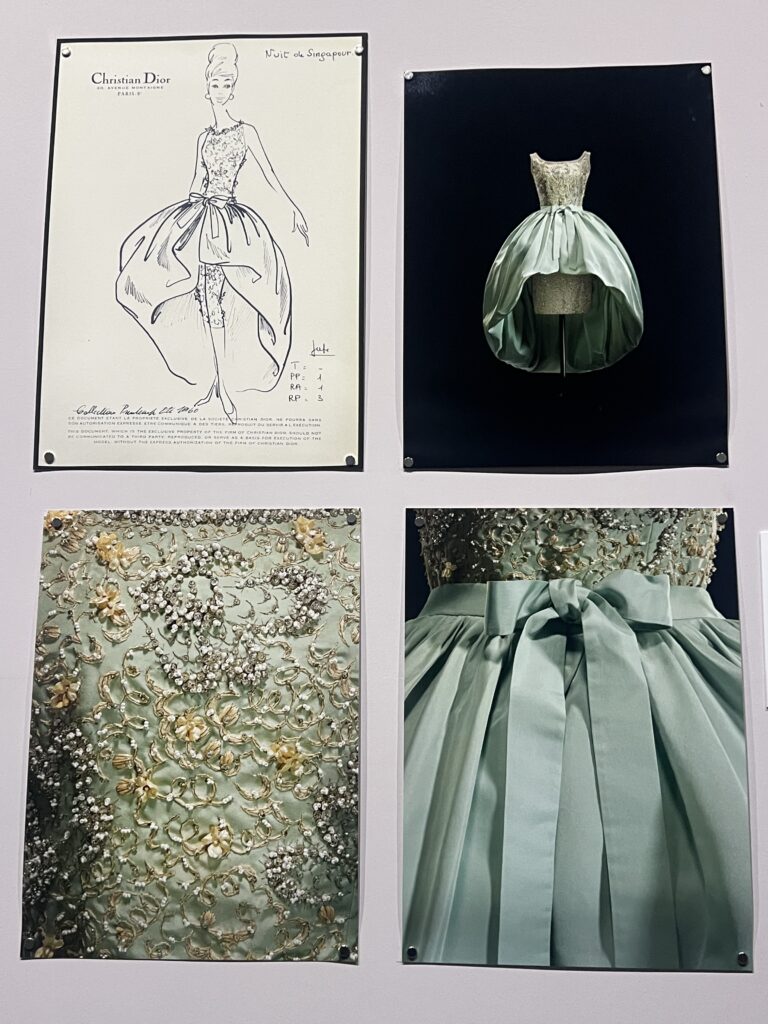
Craft traditions have long been recognised as a hallmark of Southeast Asian contemporary art, though some audiences still cling to the idea that objects made with practical purpose sit a rung below the so-called “fine arts.” A stroll through this exhibition should quickly cure anyone of that prejudice. Here, utility and beauty share the same visual language, and the conversation is far more interesting for it.
It’s also heartening to see brands giving back to the wider creative community, even as the spectacle of luxury takes centre stage. Art world insiders might recall the recent Chanel-sponsored talk at the Capitol Theatre on the occasion of its Cruise show, which gave business, design, fashion, and film students from Singapore and Southeast Asia a chance to meet with Monocle editor-in-chief and chairman Tyler Brûlé and other literary figures for a masterclass on creative thinking and cinematic storytelling.
In a similar spirit, Dior and UBS have lined up a series of public talks on the intersections between fashion and art (details can be found here). There will also be an event for 50 students from the LASALLE College of the Arts and the Nanyang Academy of Fine Arts to meet the exhibition’s curators. It’s a thoughtful nod to the city’s growing appetite for creative dialogue, and a welcome academic anchor for a field that is often dismissed as nothing more than frivolous consumption.
Our take? Come for the fashion, learn about the art, and stay for the conversations. You may leave seeing those Dior bags or outfits a little differently — not as shaped merely by sterile consumer preferences and passing trends, but by the vivid ideas and skilled hands that brought them to life.
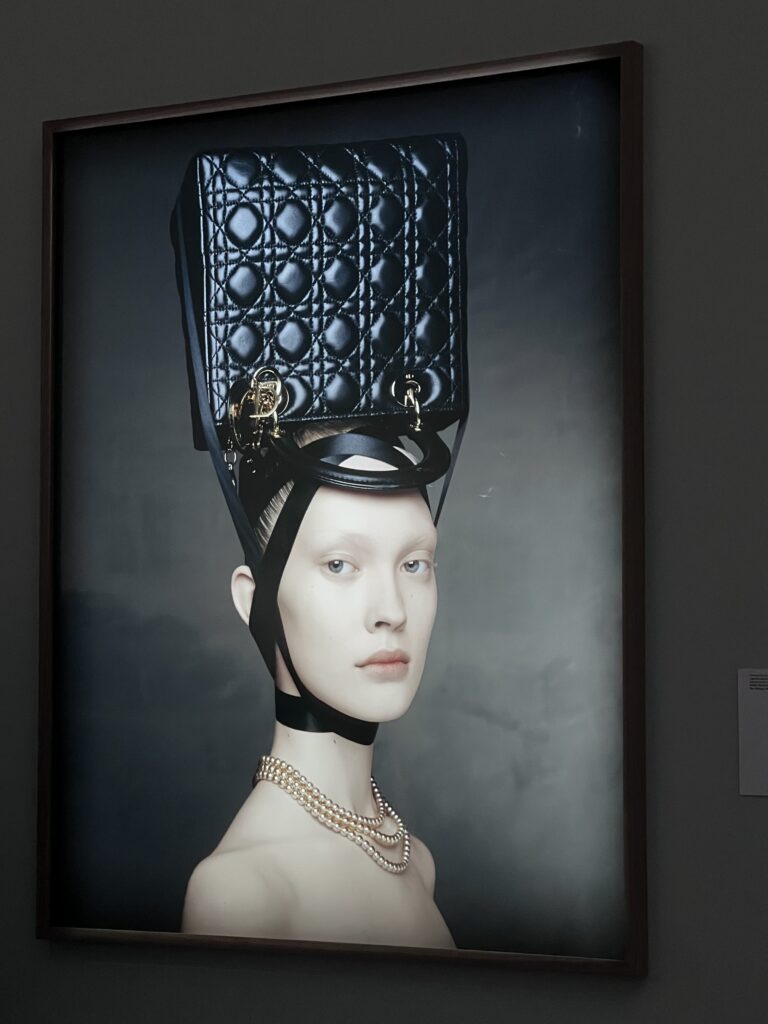
___________________________________
UBS House of Craft x Dior will open to the public on November 21 and run through November 23, 2025 at the New Art Museum Singapore. It runs for only 3 days, but registration is free and open to the public at www.ubs.com/sg/en/wealthmanagement/about-us/craft/hoc-sg/registration.html. Visit http://www.ubs.com/hoc-sg for more.
Header image captured by Marie-Laure Dutel.
Support our work on Patreon
Become a memberYou might also like
Resurrecting Our Past Selves: Likenesses at the Goethe-Institut New York

Start Looking at the Floors and Around You: Sights and Sound Bites from Art Outreach’s Art in Transit Tour
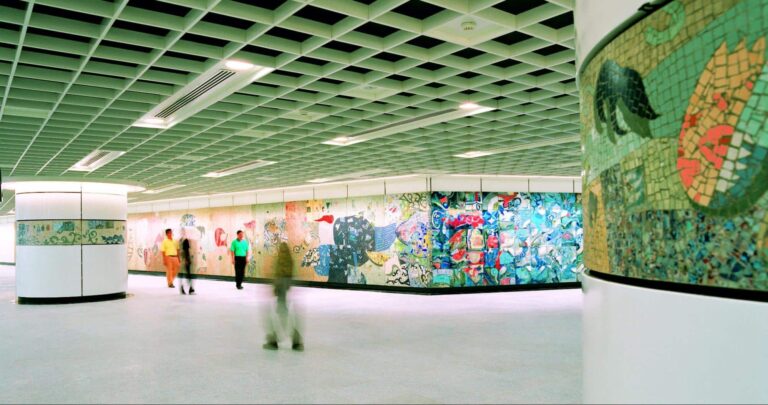
8 Ceramic Talents You’ll Find at Singapore Clay Festival 2025
